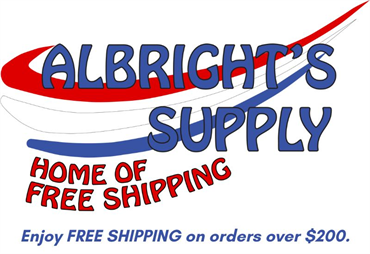- Sign In
-
- Some services are not accessible on a smartphone.
- Quick Order
- Homepage
- >Blog: Deciphering Automotive Fabric Specs
Blog Home
Previous Posts
- A Comprehensive Look at Upholstery Springs
- A Closer Look at Contract Vinyl
- Understanding Button Types
- Cushion Wrap, Airlay, & More: Upholstery Essentials
- Choose the Right Automotive Vinyl
- Foam Fundamentals
- Welt Cord Explained
- Upholstery Needle Basics
- Discover Recacril Marine Canvas
- Choosing the Right Marine Flooring
- Deciphering Automotive Fabric Specs
- What is Headliner?
- Your Guidebook to Zippers
- A Guide to Upholstery Thread
- Marine Vinyl 101
- A Guide to Automotive Carpet
Deciphering Automotive Fabric Specs
When it comes to selecting the perfect automotive upholstery fabric, the wide array of options can make the decision quite daunting. However, understanding the key specifications of these fabrics can significantly simplify your choice, ensuring you get the best material for your vehicle's interior. Here, we break down the essential factors to consider, including colorfastness, abrasion resistance, and flammability specs.

Colorfastness: Protecting Against Fading
Colorfastness to Light
Colorfastness refers to the resistance of a fabric to fading when exposed to light. This is crucial for automotive interiors, which are often subjected to both UV rays from sunlight and fluorescent lights. The industry standard for lightfastness grading involves comparing the level of color loss in the fabric sample against blue standards, with the following classifications:
- Class 5: No fading
- Class 4: Slight fading
- Class 1: High degree of fading
For automotive upholstery, a minimum rating of Class 4 is recommended to ensure longevity and color integrity under regular exposure to light.
Colorfastness to Wet and Dry Crocking
Colorfastness refers to the resistance of a fabric to fading when exposed to light. This is crucial for automotive interiors, which are often subjected to both UV rays from sunlight and fluorescent lights. The industry standard for lightfastness grading involves comparing the level of color loss in the fabric sample against blue standards, with the following classifications:
- Class 5: No fading
- Class 4: Slight fading
- Class 1: High degree of fading
For automotive upholstery, a minimum rating of Class 4 is recommended to ensure longevity and color integrity under regular exposure to light.

Abrasion Resistance: Ensuring Durability
Abrasion resistance measures how well the fabric withstands wear and tear from rubbing against another surface, such as sliding in and out of a vehicle seat. A common testing method involves mounting the fabric flat and rubbing it in a figure-eight motion with a piece of wool cloth. The fabric’s resistance is determined by the number of cycles it endures before showing signs of wear.
An abrasion resistance of 30,000 rubs or cycles is considered heavy duty and is great for hospitality and automotive projects. For high-traffic areas, work trucks, or even daily drivers, a higher abrasion resistance may be desired to ensure durability and longevity.

Flammability Specs: Safety First
There are various flammability specifications, but for automotive interiors, two primary standards are widely recognized:
- California Tech Bulletin 117: Assesses smolder resistance and the material’s contribution to fire spread in upholstered pieces.
- FMVSS 302: Establishes the acceptable burn rate for materials used in vehicle interiors, ensuring they meet safety requirements.

Selecting the right upholstery fabric involves balancing the technical specifications with the desired aesthetic and tactile qualities. Whether you're aiming for the plush comfort of velour, the robust functionality of a heavy-duty cloth, or the sleek elegance of suede, understanding these key specifications will guide you to the best choice for your automotive interior. We hope this guide has helped you narrow down your options and inspired confidence in making an informed decision. Happy upholstering!

Click here to explore our entire automotive cloth collection.

.jpg)